How to Travel Sustainably
{Published on MindBodyGreen}We travelers have a love affair with the planet. Thats why we want to see it all. When I began traveling in the developing world, I was living and working off-the-grid in remote Alaska. After a few trips through Asia, I didn’t want to be apart of the wasteful antics that were “the way of life” in this part of the world.
I took the protocols and tools used from my life in the wilderness and applied them to my traveling life. Whether in the remote wilderness or a populated metroplex it is 100% possible to be an environmentally conscious traveler.
Be a more sustainable traveler by traveling on planes less. Use public transportation more. Walk and bike when possible. Be more thoughtful with your purchases. Think ahead of your needs so you can avoid single use plastic in the form of water bottles and plastic bags. Request that guesthouses and hotels not change your sheets everyday. Grab a small (reusable) bag, throw in these 10 products and head off into the world holding your head high knowing you are a much greener gypsy.
- Reuseable bags :: In Asia, it doesn’t take long to see plastic bags lining river banks and roadsides. This inevitably leads to blockages causing mass flooding. The floods wash all these bags through to the oceans. It is a lose, lose, lose situation. Plastic bags are one of the top ocean-killing products around the world. Animals on land and in the ocean often times eat the plastic bags making them sick (at best). Learn the phrase “no plastic” wherever you go and refusing to take a plastic bag with you from stores goes a long way in this fight agains single use plastics. For more motivation watch this: Watch this Ted Talk by Melati and Isabel Wijsen, Balinese teenages who started a movement in Bali to ban plastic bags.
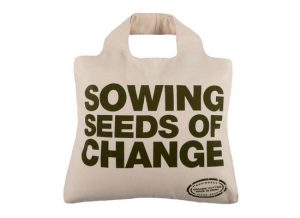
- Steri-pen :: Drinking tap water when traveling in developing nations can be downright scary, even lethal. Most travelers buy countless bottles of drinking water throughout their adventures. Ready for this? You can buy your own personal tiny little water purification system called a Steri-pen. From the rivers of Nepal to the faucets of India, I have tried and tested my Steri-pen. As effective as it is tiny, the Steri-pen is a game-changer in the world of traveling sustainably.
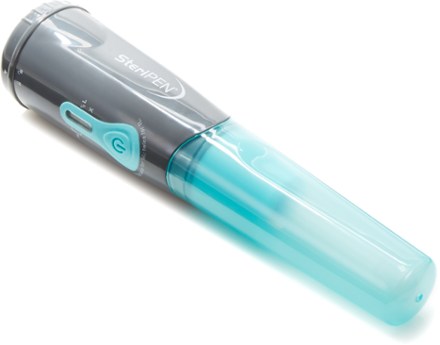
- Portable Water Filtration Straw :: Similar to the Steri-pen, this portable filteration straw is small and easy to use. In Alaska, I always kept a filtration Straw in my first aid kit incase my Steri-pen batteries ran out. At the end of your travels, this would make a lovely gift to to someone in an area where clean drinking water is not readily available.
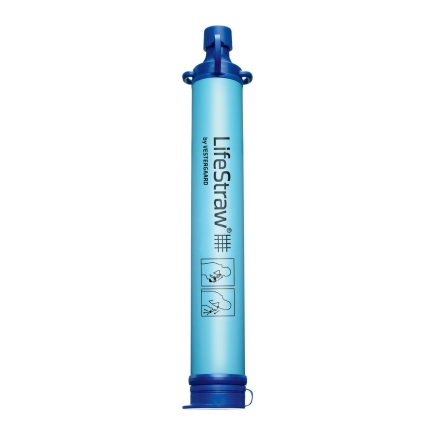
- Reuseable Bottle :: We could make an entire continent from plastic bottles alone. Equally as disastrous as plastic bags, there are plastic bottles. If you plan on using the Steri-pen (mentioned above), a 1 Liter Nalgene water bottle is the perfect marriage for it. The steri-pen works with the same 1 liter amount of water. There are so many reusable tea and coffee cups, bottles, food containers. Pick yours and enjoy every sip of water, tea and coffee a little bit more.
- Re-useable utensils and straws :: Anti-straw campaigners have found plastic straws washing up by the millions. In Asia, you will find a plastic straw served with nearly every coconut, soda and fruit juice. It adds up quick. Same story for single use chopsticks, cups, plates … the list goes on and on. If you like to use utensils or straws, then bring your own. Bamboo utensils and straws are light, easy to clean and environmentally friendly. Check out these: Bamboo Utensils here

- Tiffin for take away :: Inspired from my travels through India, tiffins are a great way to move your food without all the single use packaging of styrofoam and plastic. In fact, I actually find tiffins more useful when traveling in the first world. In the first world eating out is expensive, so I fill my tiffin with hummus, yogurt, fruits and nuts for a snack on the go. When traveling in Hawaii, my favorite is to load up on poke at the grocery store and enjoy it beachside after a long surf. The take away culture is a nasty one when it comes to the environment. Eat a little healthier and with less waste, use a tiffin! In case you aren’t familiar with tiffins check this one out : here.
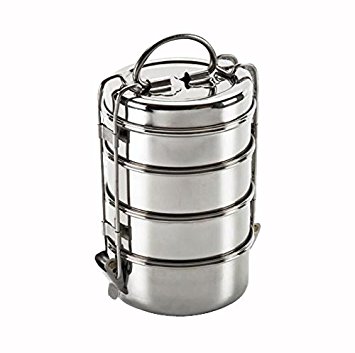
- Moon | Deva cup :: I have no idea how to gracefully move from the topic of food to feminine products, so I will awkwardly dive right in. The average woman uses roughly 11,000 tampons in her lifetime. The time it takes for a tampon or pad to degrade in a landfill is centuries longer than the lifespan of the woman who used it (particularly when wrapped in a plastic wrapper or bag. (read more here). I have been a happy moon cup user for nearly 10 years. In my opinion this is by far the healthiest and safest option for our bodies. Moon Cups are bleach-free and do not have the excessive drying effects of cotton. More importantly, you can rid yourself from the risks of toxic shock syndrome. As a surfer it just works a hell of a lot better than any other option (and I have tried them all). The eco-friendly alternatives to disposable pads and tampons are silicon menstrual cups, reusable pads (which I personally find difficult to travel with but great when home) and unbleached/organic cotton varieties of disposables (if you must). Find out everything you need to know: here.
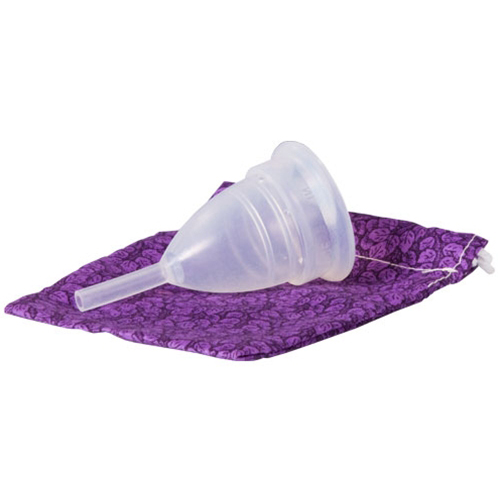
- Solar Power Charger :: Dreaming of palm trees and crystal clear waters? Yes, I know you are. If you will be traveling to a sunny spot (which is basically everywhere besides the north pole in winter), then why not take advantage of the sun you are traveling to enjoy. Stay in your hammock a little longer and let your iphone charge while you read. Outlets are not always available in certain parts of the world, but the sun is almost always is. Here.
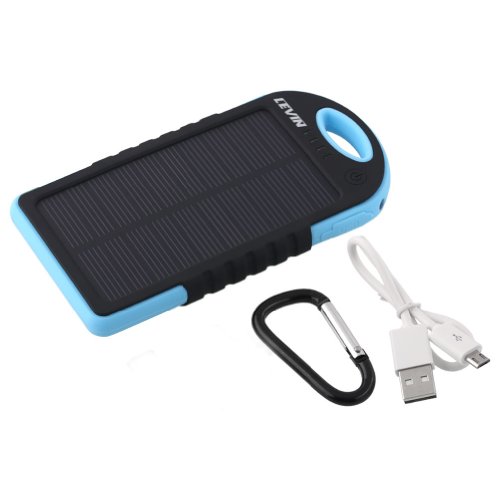
- Universal Sink plug :: If you are a minimalist traveler like myself, you keep your pack small by carrying a only few articles of clothing. My personal routine is to wash my dirty clothes every morning in the sink and then hang them to dry. The next day I am traveling with less stinky, dirty laundry. I also save on doing a half full load more often than needed to wash just a few articles of clothing.
- Do a little research and stay at smaller homestays vs massive hotel chains :: Hundreds of hotels use up a large share of freshwater reserves, with each four-star room consuming 300 litres a day. In Bali alone, every year 700 hectares of land is lost to hotels, luxury housing for rich foreigners. Consider a smaller homestay or hotel. Stay closer to the beach versus staying somewhere with a large pool. Do a little research and support the local people and their businesses instead of large established hotel chains.
Thank you for taking the time to read these easy handy tips that all travelers should know about. Sending lots of love across all the greens and blues right to you!
